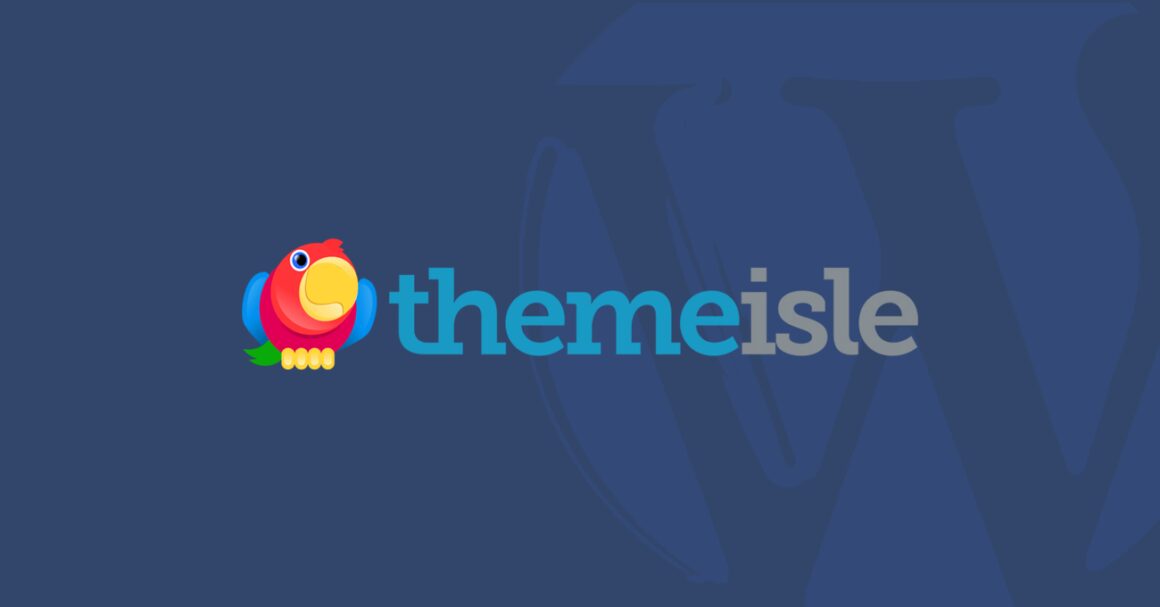Understanding what is a canonical tag proves crucial in the dynamic world of SEO. Canonical tags, often represented as rel=”canonical” in HTML code, may appear technical, but they are an essential tool for webmasters and digital marketers. They optimize your website’s performance in search engine results by managing duplicate content and directing ranking authority effectively. In this guide, we will clarify the canonical tag, explaining its importance in SEO and practical implementation guidelines.
Duplicate content is challenging for websites and can impact search rankings. When search engines encounter duplicate or similar content across multiple URLs, they face several dilemmas:
- Deciding which version to index
- Determining which version to display for relevant search queries
- Distributing “link equity” across multiple versions
Excessive duplicate content can also hinder your website’s “crawl budget,” as search engines spend valuable time navigating through duplicates instead of discovering new and essential pages on your site.
Canonical tags come to the rescue by providing clear guidance to search engines, resolving these issues, and ensuring your preferred version receives the attention it deserves.
How the canonical tag works
Canonical tags function as a signal to search engines, guiding them to the canonicalized version of a page. It is vital to note that canonical tags differ from 301 redirects. While a 301 redirect permanently redirects users and search engines to a new URL, a canonical tag merely suggests the preferred version without changing the URL users see in their browsers.
For an in-depth exploration of 301 redirects and their SEO role, refer to our previous article on 301 Redirects in WordPress.
Implementing the canonical tag
Where and how should you place the canonical tag in your HTML code? Here are some essential guidelines:
- Location: Canonical tags belong in the <head> section of your web pages. This placement ensures search engines encounter the tag early in the page’s code.
- Syntax: Canonical tags follow a straightforward structure, typically resembling this example:
<link rel="canonical" href="https://example.com/preferred-page/" />In this code:
- rel=”canonical” indicates this link as the canonical version.
- href=”https://example.com/preferred-page/” specifies the URL of the preferred version.
Common mistakes to avoid when setting up canonical tags
Now that we’ve explored the importance of canonical tags, let’s delve into some common pitfalls to steer clear of during implementation. Avoiding these mistakes ensures your canonical tags work seamlessly to enhance your website’s SEO performance.
- Do not block via robots.txt: Avoid blocking a URL with canonical tags via robots.txt, as it prevents search engines from crawling and processing the tag’s instructions.
- Avoid mixing ‘noindex’ with rel=canonical: Avoid mixing ‘noindex’ tags with canonical tags, as they provide conflicting instructions for search engines. If you wish to ‘noindex’ and canonicalize a URL, opt for a 301 redirect or use rel=canonical exclusively.
- Do not use 4XX HTTP status codes: Assigning a 4XX HTTP status code (client error) to a canonicalized URL renders the canonical tag ineffective, as search engines won’t access the page.
- Avoid canonicalizing paginated pages to the root page: Instead of canonicalizing all paginated pages to the root page, use self-referencing canonical tags on each paginated page. Google’s guidelines recommend this practice.
When to avoid using a canonical tag
In general, you should avoid using canonical tags when a mixed signal might occur. This can cause search engines to misinterpret it or avoid it altogether. Also, don’t use a URL that redirects, as this will confuse search engines.
Takeaway: what is a canonical tag?
In the ever-evolving SEO landscape, understanding what is a canonical tag and correctly implementing it is crucial for webmasters and digital marketers. By guiding search engines to the preferred version of your content, canonical tags help maintain your website’s search visibility, crawl efficiency, and ranking authority. Remember, knowledge and adaptability are your strongest allies in the world of SEO. Keep learning and implementing best practices to stay ahead in the digital landscape.
Free guide
4 Essential Steps to Speed Up
Your WordPress Website
Follow the simple steps in our 4-part mini series
and reduce your loading times by 50-80%. 🚀
Was this article helpful?
No
Thanks for your feedback!
Keep reading the article at Themeisle Blog. The article was originally written by ThemeIsle Editorial on 2023-11-09 10:30:00.
The article was hand-picked and curated for you by the Editorial Team of WP Archives.

